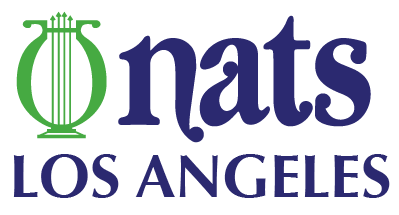Video Recording and Submission Instructions for Students
Requirements
No editing: You should record your video in the spirit of a live audition or recital performance (no editing, no enhancing of audio).
Separate videos: You should record a separate, unedited video for each selection on your repertoire list.
Accompaniment: Students will be allowed to record audition videos using pre-recorded tracks. It is acceptable to use tracks that are recorded by your teacher or your collaborative pianist. It is also acceptable to use accompaniment recordings found on Appcompanist, Hal Leonard’s Virtual Library, YouTube, or other similar sources that offer piano-only accompaniments.
Introductions: Introduce each selection at the beginning of the video. My name is (your name), I will sing (title of composition) by (composer) from (greater work, if appropriate).
Memorized: You must perform each of your selections from memory on your recording.
YouTube settings: As you are uploading your videos, be sure to select the following settings: Unlisted (so the judges can view your recordings and YouTube won’t give you copyright grief).
Title your video: Please title your video with your Name, Category, Song Title, Composer.
Notes: In the YouTube “Notes” section, please include the Title, Composer, and Larger Work (if applicable).
YouTube Channel Icon: YouTube Channel Titles & Images must NOT reveal Teacher, School, or Studio affiliations.
Microphone Usage: Allowed: a microphone attached to your recording device. Not Allowed: Videos using recording equipment that alters the acoustics of the venue or the sound quality of the singer by adding/subtracting reverb or altering the pitches being sung. Not Allowed: an amplifying microphone (a national rule).
The link: Once you have uploaded the video, copy and paste the link in an email to your teacher. Those links become a part of your registration.
Things that could be disqualifying
Videos that pan and zoom during performances.
Videos using recording equipment that alters the acoustics of the venue or the sound quality of the singer by adding/subtracting reverb or altering the pitches being sung.
Videos that are digitally altered.
You must perform each of your selections from memory on your recording. CAUTION: If you give the impression you are using music for your audition, you may be disqualified.
Videos with a “private” setting.
Best Practices
Location: You may record in a home, school, church, synagogue, recital hall, rehearsal room, or voice studio with good natural acoustics (with or without an audience).
Lighting: Direct lighting (not behind, to the side, or above you, but eye level.)
Background: Clean background (no people or pets, piles of laundry, etc.)
Camera Level/Angle: Face height camera (use a tripod or bookshelf). Your camera should record from a fixed position as if three adjudicators were seated in front of you.
Frame: The shot should be centered and from your fingertips to above your head in LANDSCAPE (not portrait).
Attire: You should dress professionally, as you would for a recital or live audition.
Audio: If using a piano track, place a speaker near the singer, as if they were standing near the piano. Test the balance between piano and singer.
Helper: Get someone to run your sound so you don't have to bend down and push the play button.
Alisa Bellflower, made this informative and fun tutorial about recording video auditions. Please watch: https://www.youtube.com/watch?v=-bIGuyoHHiQ&feature=youtu.be
